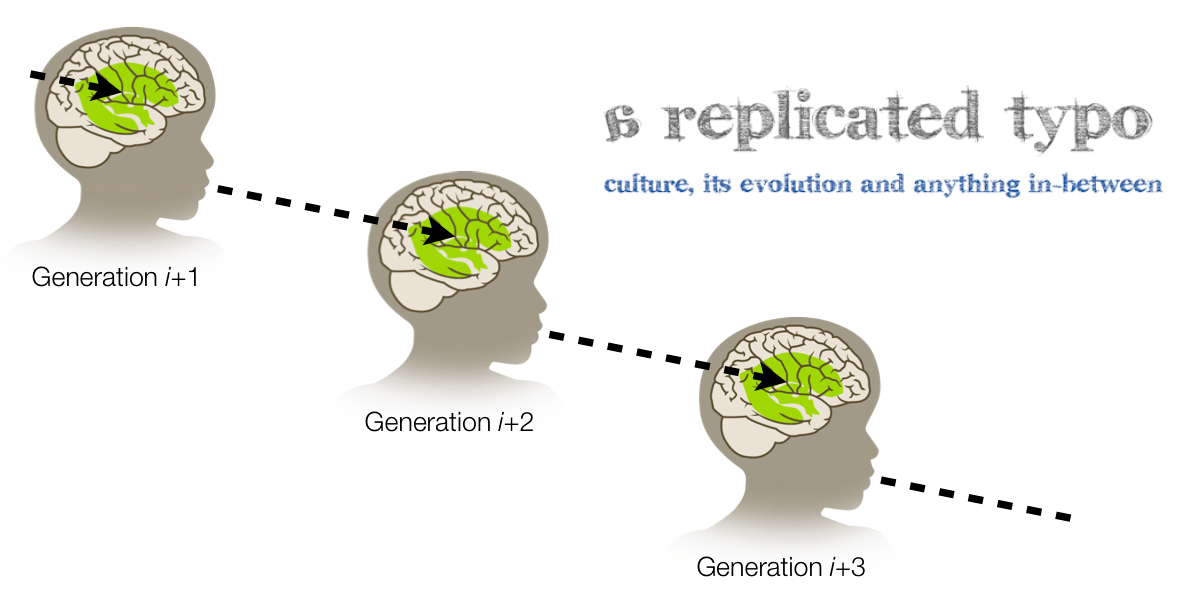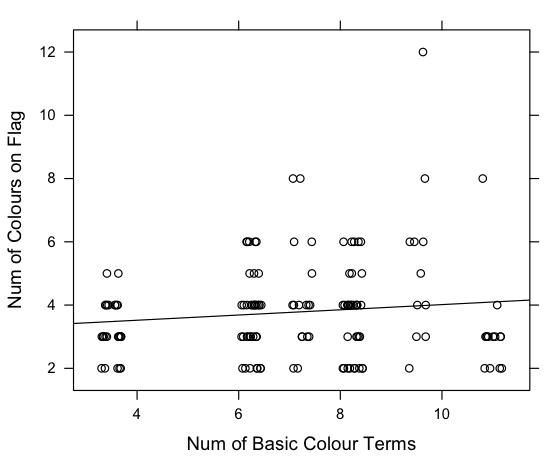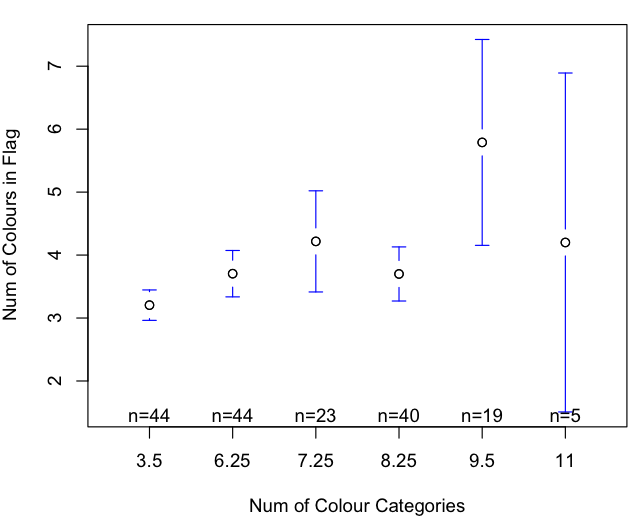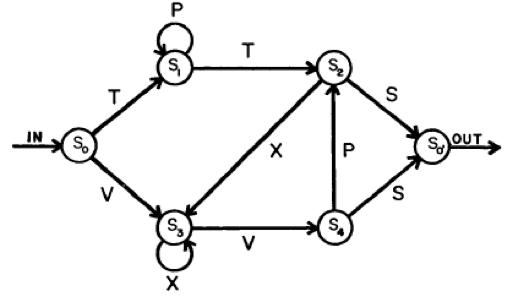It’s my birthday! But how old am I? Well, that’s not such a straightforward question. Even a seemingly well-defined concept such as age can be affected by cultural factors
First, my age in years is a bit of an estimate of the actual amount of time I’ve been alive, due to leap-years etc. Second, a year is a culturally determined (although not all that arbitrary) amount of time. But these are petty squabbles.
There are bigger differences. For instance, there are cultural differences when it comes to the recall of birth dates. And I’m not talking about saying you’re 24 when you’re 68. Matched comparisons of age reporting in death certificates and census data found minimal differences for white Americans (Hill et al., 2000) but nearly half were inconsistent for African-Americans (Hill et al., 1997). These may be due to economic differences.
Furthermore, the definition of age can vary cross-culturally. Knodel & Chyovan (1991) surveyed women between the ages of 15 and 49 in Thailand. As well as finding that up to 20% reported an age that was more than one year different to their actual age, they surmised that most calculated their age as difference between the present year and the year of their birth, disregarding whether their birthday had passed.
So in some parts of the world I’ve been 26 for four months now, or was it 25?
Hill, M., Preston, S., Elo, I., & Rosenwaike, I. (1997). Age-Linked Institutions and Age Reporting among Older African Americans Social Forces, 75 (3) DOI: 10.2307/2580528
Hill, M., Preston, S., & Rosenwaike, I. (2000). Age Reporting among White Americans Aged 85+: Results of a Record Linkage Study Demography, 37 (2) DOI: 10.2307/2648119
Knodel J, & Chayovan N (1991). Age and birth date reporting in Thailand. Asian and Pacific population forum / East-West Population Institute, East-West Center, 5 (2-3) PMID: 12343437









